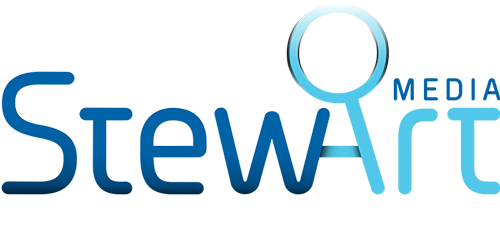While Googlebot remains crucial, a new generation of crawlers from AI companies like OpenAI, Apple, Amazon, and Anthropic are now constantly analysing your website. They gather data to train large language models (LLMs), develop new AI-powered search features, and inform AI assistants.
Understanding how these bots interact with your site isn't just technical housekeeping; it provides vital intelligence for your marketing strategy, website optimisation, and even security posture. Based on recent analyses of various websites, here are the essential findings for decision-makers:
1. AI Crawlers Can Highlight Security Oversights
- The Observation: We're observing AI crawlers, particularly those performing broad data collection, accessing areas they shouldn't with surprising frequency. This includes login/registration pages, admin directories, and sometimes even payment or API endpoints.
- Why it Matters: While often not malicious in intent, this activity signals potentially exposed areas of your website. It also consumes server resources accessing pages irrelevant to your public-facing content.
- Action: Review your robots.txt file immediately. Ensure you are explicitly disallowing access to sensitive directories (/admin, /login, /wp-admin, /api, specific scripts). Note: robots.txt is a directive, not a security guarantee; server-level access controls may also be necessary for true protection.
2. AI Interaction Signals Your Most Valued Content
- The Insight: Bots designed specifically for AI Search (like OAI-SearchBot, Amazonbot, PerplexityBot) and AI Assistants (like ChatGPT-User) often concentrate on specific content types. Frequently visited areas include:
- FAQ pages and Glossaries
- Blog posts detailing costs or processes (e.g., "How much does X cost?")
- Product/Service category pages and detailed descriptions.
- Why it Matters: This provides a clear signal about the information AI systems deem valuable for answering user queries or indexing offerings. It directly informs where optimisation efforts will yield the most benefit for future AI-driven search and interactions.
- Action: Identify your top-crawled pages by these specific AI bots. Ensure this content is comprehensive, clearly written, accurate, mobile-friendly, and uses relevant schema markup (e.g., FAQPage, Product, Article schemas) to provide context for AI.
3. Unmanaged Crawling Impacts Efficiency and Resources
- The Challenge: Many websites lack specific robots.txt rules tailored for AI crawlers. Some bots can generate very high request volumes, occasionally focusing intensely on non-essential files like specific CSS or JavaScript assets.
- Why it Matters: Excessive crawling can strain server resources, potentially impacting site speed for actual users. It also dilutes the bot's "crawl budget," meaning less time might be spent indexing your most important content.
- Action: Employ robots.txt strategically. Beyond blocking sensitive areas, consider:
- Disallowing directories containing only design assets (/themes/, /css/, /js/ where appropriate).
- Investigating Crawl-delay directives if server load is a concern (though support varies among bots).
- Potentially allowing AI Search bots wider access while managing general AI Crawlers more tightly if resource constraints exist.
4. Different AI Bots Require Nuanced Approaches
- The Landscape: It's ineffective to treat all AI bots identically.
- AI Search Bots (OAI-SearchBot, Amazonbot, PerplexityBot): These directly influence visibility in emerging AI-powered search results. Focus on content clarity and structured data (Schema) for them.
- AI Crawlers (GPTBot, ClaudeBot, Applebot, Bytespider): Primarily used for training LLMs. Ensure core content is accessible, but manage their access to prevent resource drain and protect sensitive information.
- AI Assistants (ChatGPT-User): Indicates how users might use AI to interact with your content. Prioritise clear, concise answers to likely questions.
- Why it Matters: Recognising the bot's likely purpose allows for more effective prioritisation and tailored robots.txt configurations.
- Action: Become familiar with the main AI bots accessing your site. Adjust your optimisation and control strategies based on their identified type and behaviour patterns.
Your Next Steps:
- Audit robots.txt: Is it present? Does it adequately block sensitive areas? Does it consider specific AI bots? Address any gaps promptly.
- Analyse Bot Activity: Utilise tools (like Cloudflare's Bot Analytics or server logs) to identify which AI bots are most active on your site and the specific pages they target frequently.
- Optimise Key Content: Enhance the pages AI bots are focusing on, particularly FAQs, guides, and core product/service information. Implement relevant schema.
- Monitor Performance: Track server load and site speed, correlating any significant changes with bot activity patterns.
AI's engagement with your website is a growing reality. Proactively managing this interaction and leveraging the insights gained is key to optimising for the evolving landscape of search and online information discovery.

